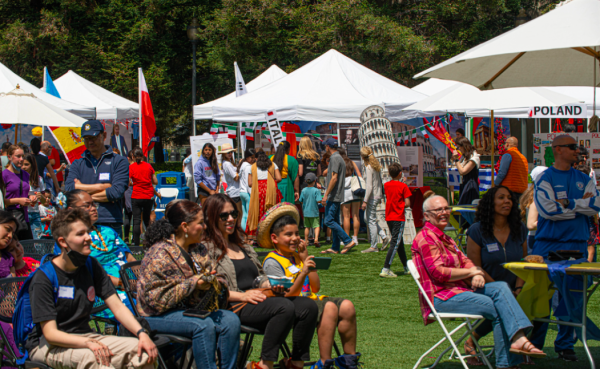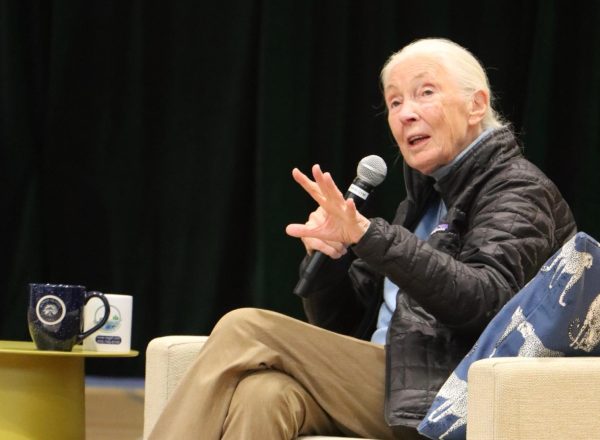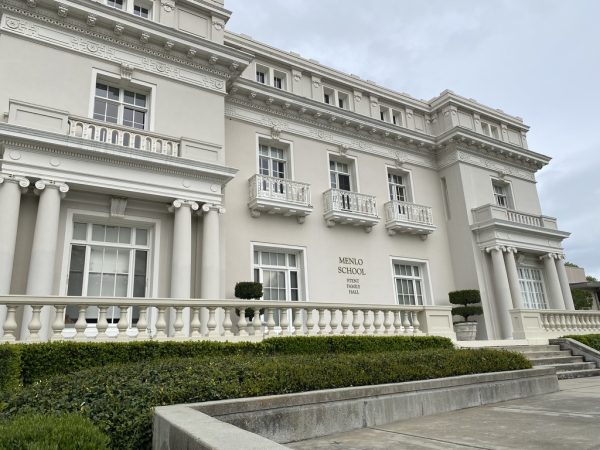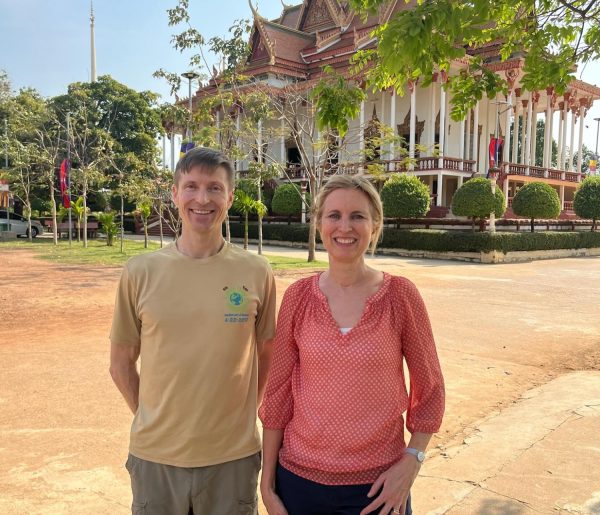‘Voluntourism’ Becoming a Popular Industry Among Students
Juniors Julia Deffner and Alicia Shao working on the Chico Mendes Reforestation Project in Pachaj, Guatemala this past summer. Photo courtesy of Peter Brown.
December 2, 2019
Many teenagers go on service trips. They’ll travel to a foreign country, do some form of community service and return home in a matter of weeks. On one hand, these trips can be informative of other cultures and efficient with the service work, fully immersing each student in a different lifestyle. But on the other hand, these trips can be somewhat detrimental to the foreign communities and focus mainly on tourism, resulting in inefficient service all around.
Although these trips are not necessarily harmful, they do form a facade of charity, even if no productive work is actually being done. According to Chris Young, director of community service at Menlo, “There’s a lot of cases where inexperienced volunteers are tasked with community service that they have no training in, which doesn’t lead to ultimate solutions in that country.” Of course, it’s hard to measure the effectiveness of community service, but there comes a point where the industry becomes more about attracting kids and providing them with a good experience and less about helping the communities in need.
On one hand, some service trips have a curriculum of intensive service. For some teens, the aspect of tourism on a service trip is avoided, giving them a true representation of what impoverished life is in certain countries. Sophomore Alexandre Acra, who went to Guatemala with Menlo Abroad this past summer, thought his experience was authentic to everyday life in Guatemala. “It’s one thing to hear about the lifestyle in other parts of the world and another altogether to live immersed in it for three weeks. Despite their modest living conditions, our hosts were really optimistic and generous to us, which was really inspiring to me because I got to experience their true lifestyle,” Acra said.
But on the other hand, many of these trips are organized with creating a good experience for the kids as a top priority. Sophomore Charlie Herrin went on a service trip to Peru this past summer. “The types of service we did didn’t really benefit the families we saw. We pretty much just helped their living situation slightly, but in the long term, we didn’t accomplish anything to enrich their community,” Herrin said “I feel like people go on these trips for a hands-on experience, but it really isn’t as effective as it should be.”
In some cases volunteer work emphasizes poverty in these communities, reinforcing the idea that service is necessary for the community to thrive. “Voluntourism tends to reinforce the dynamic that the poor need to rely on the wealthy for basic needs,” Young said. “It promotes an uneven power dynamic between the inhabitants and the tourists.”
At Menlo, one of the most popular service trips is Menlo Abroad, a service trip during May-Term. According to Senior Caleb Julian-Kwong, his experience with Menlo Abroad was immersed in the lifestyle and culture. “Initially, we did do more touristy activities, and after that we moved more into community service and we worked on cleaning up a school, interacting with the locals and learning about the culture and surrounding area,” Julian-Kwong said.













